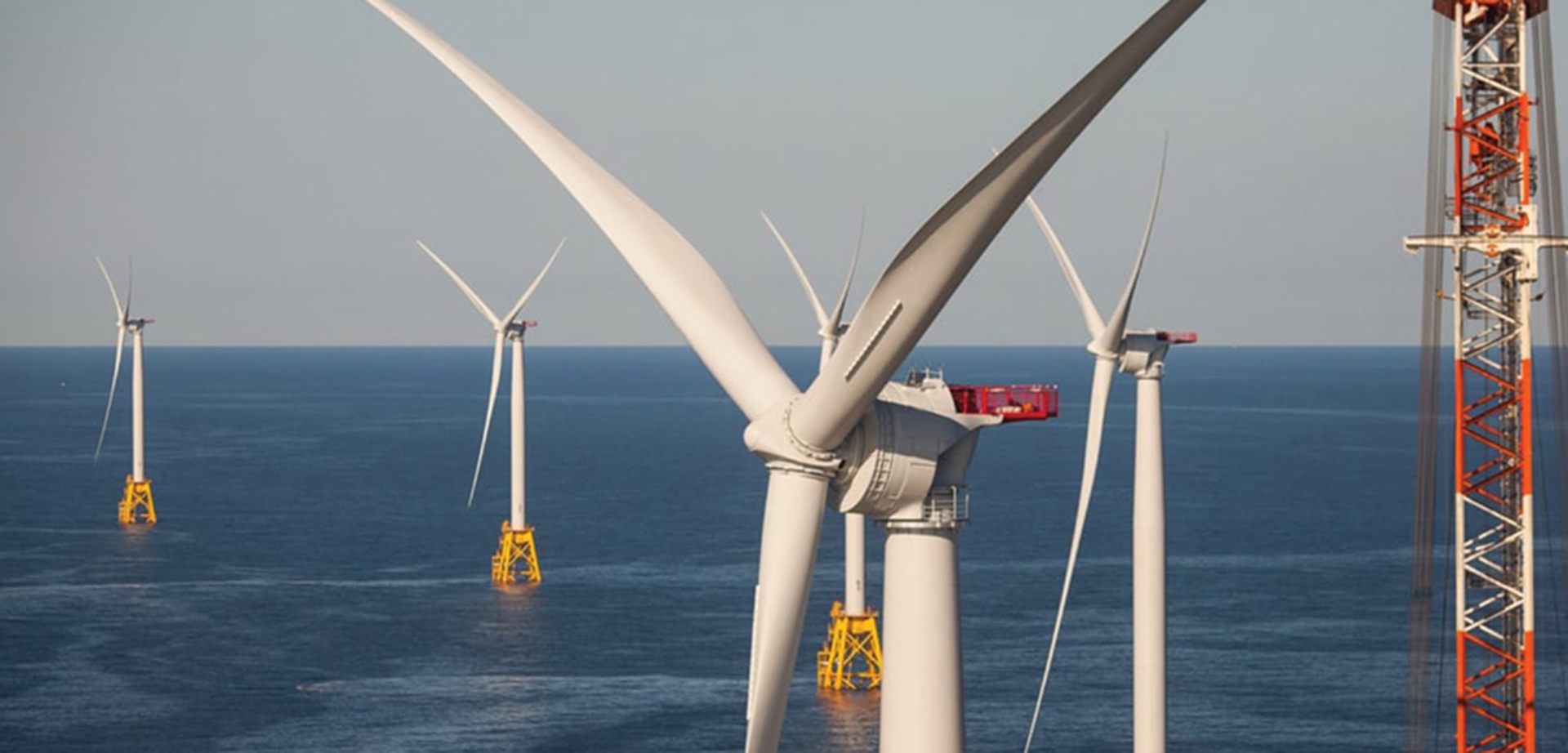Wainscott, Weary Of State Review, Mounts Offensive

These are stressful times for Wainscott residents. Many found out in recent years their drinking water was contaminated, and most oppose a plan to bring offshore electric power into the hamlet via a cable that will run under public roads.
The drinking water problem was addressed in 2018 when the Suffolk County Water Authority oversaw the installation of approximately 45,000 feet of new water main in Wainscott, according to the SCWA.
The Suffolk County Department of Health Services had previously confirmed the presence of pefluorooctane sulfonate (PFOS) and perfluorooctanoic acid (PFOA) in more than 150 private wells in the impacted area, located south of the East Hampton Airport, with a small number of private wells showing detections over the health advisory level of 70 parts per trillion.
Ductile iron water mains between six and 16 inches in diameter were installed. Under hamlet roadways, copper and high-density polyethylene private service lines connected the water to private wells. But the pollutants weren’t removed, just neutralized by filters.
In October, during the election campaign, East Hampton Town Supervisor Peter Van Scoyoc and other Deepwater Wind South Fork proponents pointed out the relative ease the SCWA had installing the water lines and likened the Deepwater wind farm project to it.
In March of 2018, in a letter to Van Scoyoc, the issue of extensive PFAS contamination in Wainscott was brought to the attention of the town board. But the DWSF project dwarfs the SCWA project, according to critics, and presents serious environmental impacts that should require a complete environmental review, according to papers filed with the New York State Public Service Commission in November. The danger of excavating chemical-laced soil is real enough to scuttle the Deepwater project, they allege.
“The Deepwater Wind’s installation requires excavating 10 times more soil than did SCWA’s water mains installation,” said Simon Kinsella, a Wainscott resident and persistent critic of the wind farm plan, which would run a cable from offshore generators off the coast of Montauk and come ashore at Beach Lane in Wainscott.
On November 15, 2019 a filing with the PSC asked Deepwater a series of questions pertaining to the effects of the project on contaminated soils along the pipe route. “Has the applicant addressed issues relating to the installation of at least 13 underground cable vaults and approximately 2.4 miles of underground duct banks through the contaminated area?” It was estimated between 8000 and 12,000 tons of contaminated soil would have to be excavated.
Deepwater’s response to the PSC was “DWSF objects to this request on the grounds that DWSF has not made a determination that the underground duct bank will be installed through a contaminated area or that such installation will require excavating contaminated material.”
“It has been established that the Applicant’s Beach Lane Route A cable corridor passes through the middle of a highly contaminated area where soil and groundwater show high detectible levels of PFAS contamination. Contamination is known to exist on all sides of the Beach Lane Route A cable corridor and it is, therefore, implausible that the Beach Lane Route A cable corridor would not have been impacted with contamination that has been seeping into the aquifer from the East Hampton Town Airport (and other sites),” Kinsella wrote.
“Any questions regarding the historic concerns about water contamination in Wainscott should be directed to the appropriate local and state authorities working on that issue,” said Meagan Wims, a spokeswoman for Ørsted.
Ørsted develops, constructs, and operates offshore and onshore wind farms, bioenergy plants, and innovative waste-to-energy solutions and provides smart energy products to its customers. Headquartered in Denmark, it employs 6080 people worldwide. The company acquired Deepwater Wind after that company began the review process to get the South Fork Wind Farm, with 15 turbines, approved. Ørsted has since sold a 50 percent stake of DWSF in its North American operations to Eversource Energy.
The Deepwater application is undergoing federal and state review of all planned construction work, both onshore and in New York State waters, associated with the South Fork Wind Farm transmission cable, Wims pointed out.
The debate has been heated, with many Wainscott residents pitted against Ørsted, which has offered financial incentives to the town in exchange for cooperation during the licensing process.
The Citizens for the Preservation of Wainscott took on Ørsted head to head, buying ads in local newspapers and on TV lambasting Ørsted’s insistence that the offshore cable be brought to land on a pristine beach. The citizens group also questions Ørsted’s motive: there is a deal in place to sell the power to the Long Island Power Authority for a rate two to three times the going price.
The PSC will host a meeting on Wednesday, January 8, in Albany to discuss alternate landing sites for the DWSF cable to come ashore on state property in Hither Hills (instead of Wainscott).
rmurphy@indyeastend.com



